Chrysocolla: Gemstone and Jewelry
Chrysocolla is a unique and rare gemstone that is opaque, with a vibrant green, blue, or turquoise color. It is found in copper-rich deposits all around the world, including Chile, Peru, the United States, and the Congo. Chrysocolla is often used as a stunning accent stone in jewelry, especially in rings, necklaces, and earrings. Its striking colors and unique composition make it a highly coveted gemstone by many jewelry lovers. This article is going to explore the history, meaning, properties, and uses of chrysocolla and how it has become an increasingly popular gemstone for jewelry.
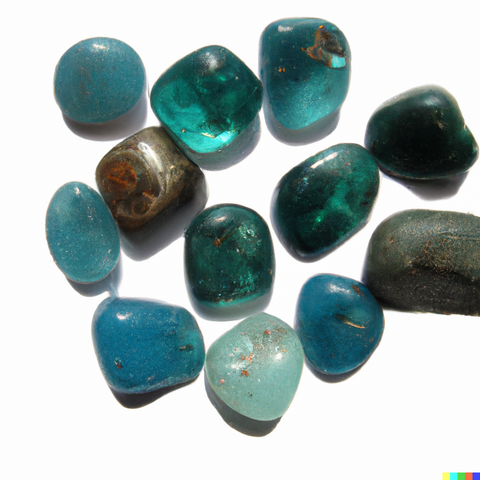
History:
Chrysocolla was first discovered in the ancient copper mines of Egypt over 4,000 years ago. It was often used in jewelry, as well as for its healing properties. The ancient Greeks believed that chrysocolla was a healing stone, and Aristotle wrote about its ability to ease digestive issues, reduce fevers, and soothe sore throats. The ancient Roman philosopher Pliny the Elder also wrote about chrysocolla, stating that its beauty and rarity made it one of the most prized gemstones of the time.
In Pre-Columbian South America, the Incas and Aztecs also used chrysocolla for both its aesthetic appeal and its healing properties. They often carved it into intricate designs and used it as inlay for ceremonial objects and jewelry. The Aztecs believed that chrysocolla was a sign of prosperity, and it was used in the construction and decoration of important buildings and temples.

Meaning and Properties:
Chrysocolla is believed to have a variety of metaphysical and healing properties. It is said to be a stone of harmony, communication, and inner strength. It is thought to be a calming stone that promotes peace and tranquility, helping to reduce stress, anxiety, and depression. Chrysocolla is also believed to help with emotional balance, increase self-awareness, and promote self-expression. It is said to enhance communication skills, both verbally and non-verbally, and to promote compassion and forgiveness.
Chrysocolla is also considered to be a grounding stone that can help to stabilize emotions and dissipate negative energy. In terms of its physical healing properties, chrysocolla is believed to have a positive effect on the respiratory system, liver, and digestive system. It is thought to help regulate blood sugar levels, reduce inflammation, and boost the immune system.
It is also believed to help with detoxification, aiding in the elimination of toxins from the body. Properties of chrysocolla can vary depending on the location it was mined, and it is possible that there are differences between chrysocolla from different mines in terms of its physical and metaphysical properties.
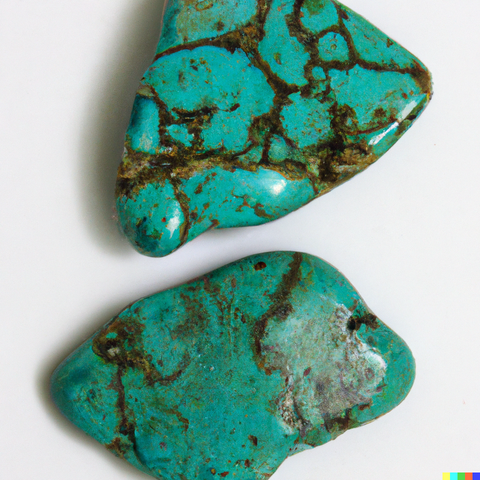
Uses in Jewelry:
Due to its vibrant and unique colors, chrysocolla is a popular choice for jewelry designers. It is a relatively soft gemstone, with a hardness of around 2.5 to 3.5 on the Mohs scale, so it is not ideal for hard-wearing pieces of jewelry such as rings that are worn daily. However, it can still be utilized in many different types of jewelry pieces, including necklaces, earrings, brooches, and bracelets. Chrysocolla is often cut and polished into cabochons, which is a smooth, rounded shape, without facets, highlighting the stone's natural beauty.
Cabochons can be set into earrings, rings, and pendants, where the stone's stunning colors can be admired. Chrysocolla is also used to accent other gemstones in jewelry designs, such as turquoise, malachite, and lapis lazuli. In addition to its aesthetic appeal, chrysocolla also has affordable price points, making it an accessible gemstone for many jewelry enthusiasts. Chrysocolla is often incorporated in silver jewelry designs, where the stark white of the metal provides a beautiful contrast to the gemstone's bright hues.
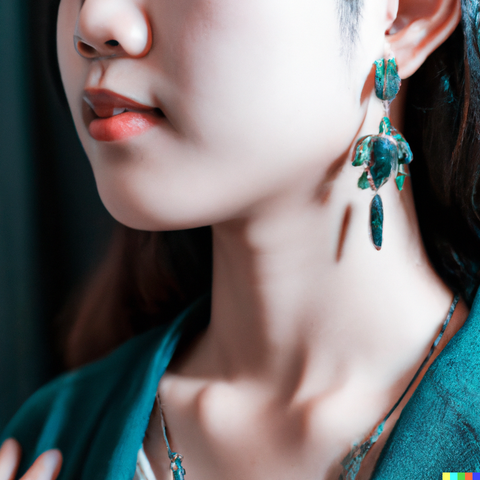
Care and Maintenance:
As chrysocolla is a relatively soft gemstone, with a hardness of around 2.5 to 3.5 on the Mohs scale, it is important to take care when wearing and caring for chrysocolla jewelry. Chrysocolla should be treated delicately, avoiding exposure to harsh chemicals and excessive heat, which could cause the stone to crack or fade over time.
It is recommended that chrysocolla jewelry should be cleaned with a soft cloth or a brush, using water and a mild soap. Ultrasonic and steam cleaners should be avoided, as they can cause damage to the gemstone. Chrysocolla jewelry should also be stored in a separate compartment or pouch, to avoid scratches from other jewelry.
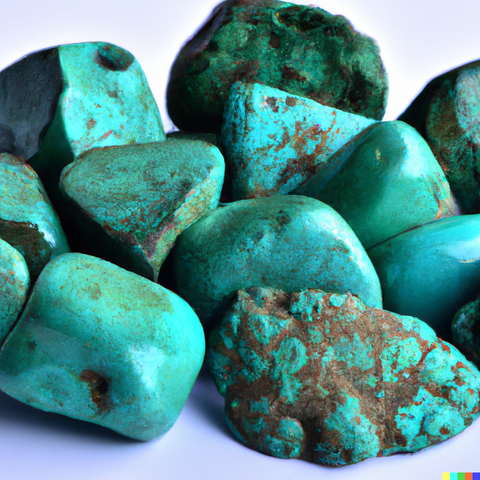
Chrysocolla is an ancient and rare gemstone with a rich history and stunning aesthetics. It has been used for thousands of years for its healing and metaphysical properties, and its vibrant green, blue, or turquoise hues have made it a popular gemstone for jewelry. Careful handling and maintenance of chrysocolla jewelry is recommended due to its relatively soft nature. It is a unique and affordable gemstone option and makes an excellent choice for jewelry lovers who appreciate the beauty, meaning, and history of this stunning gemstone.
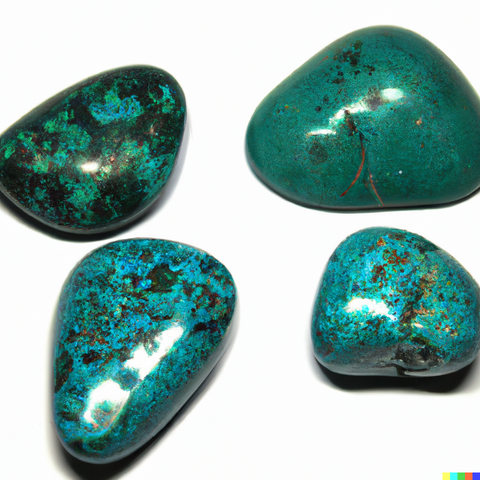



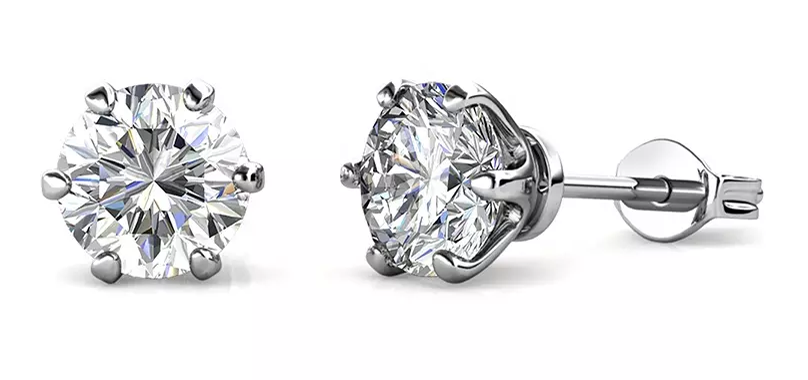
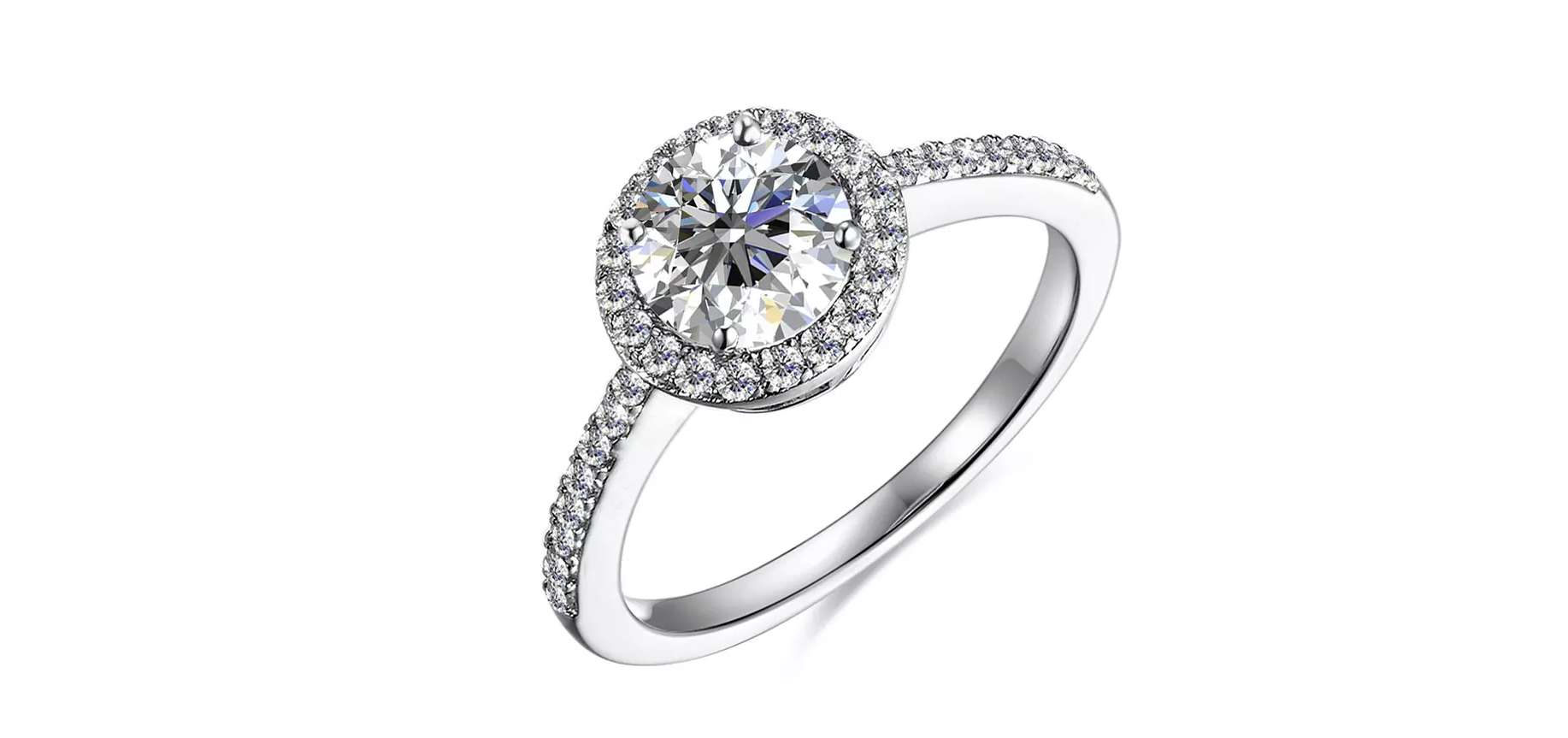
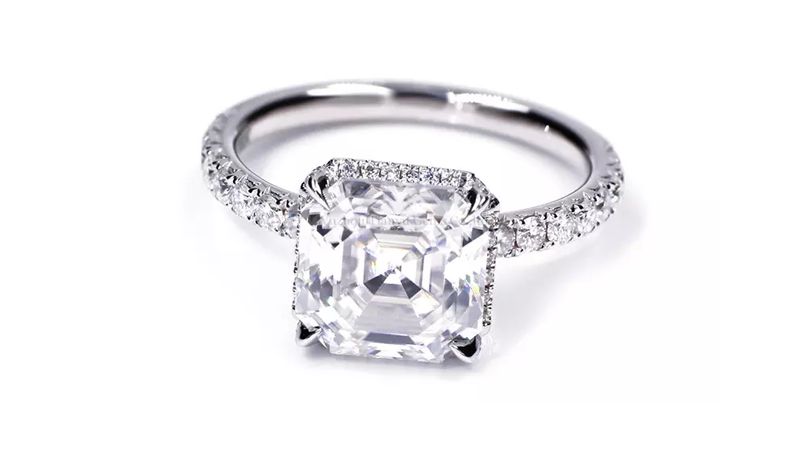
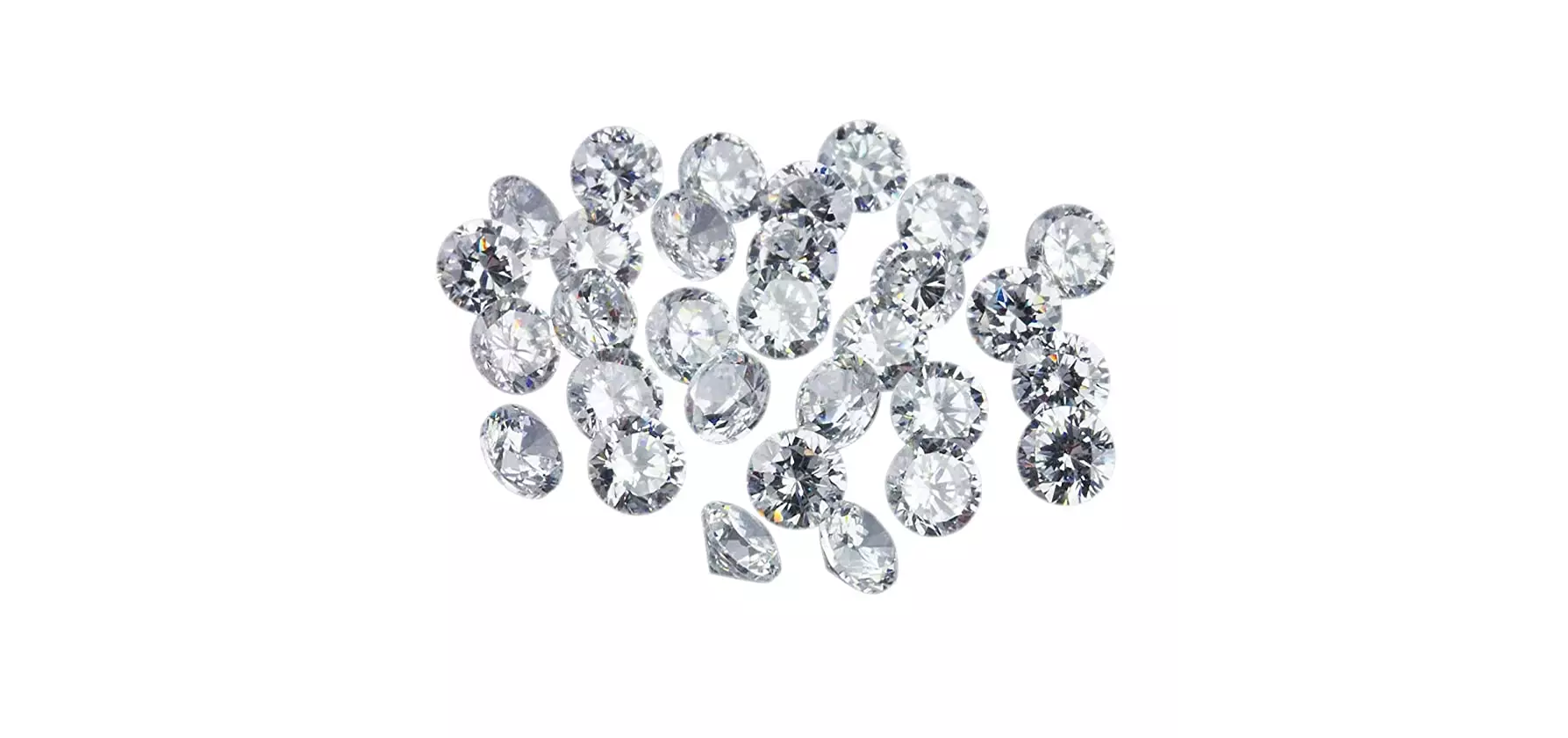
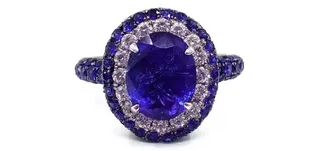
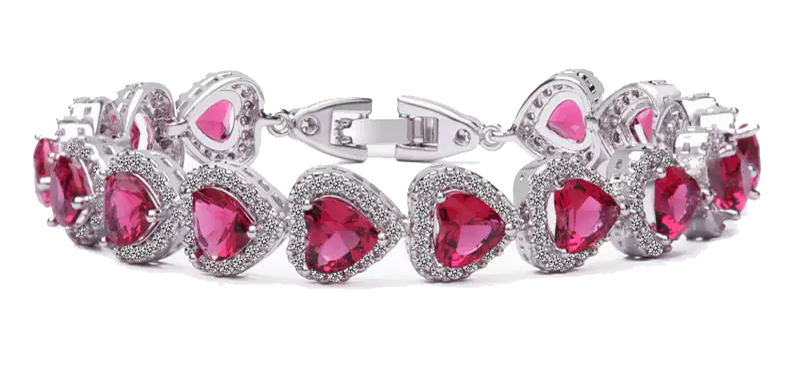
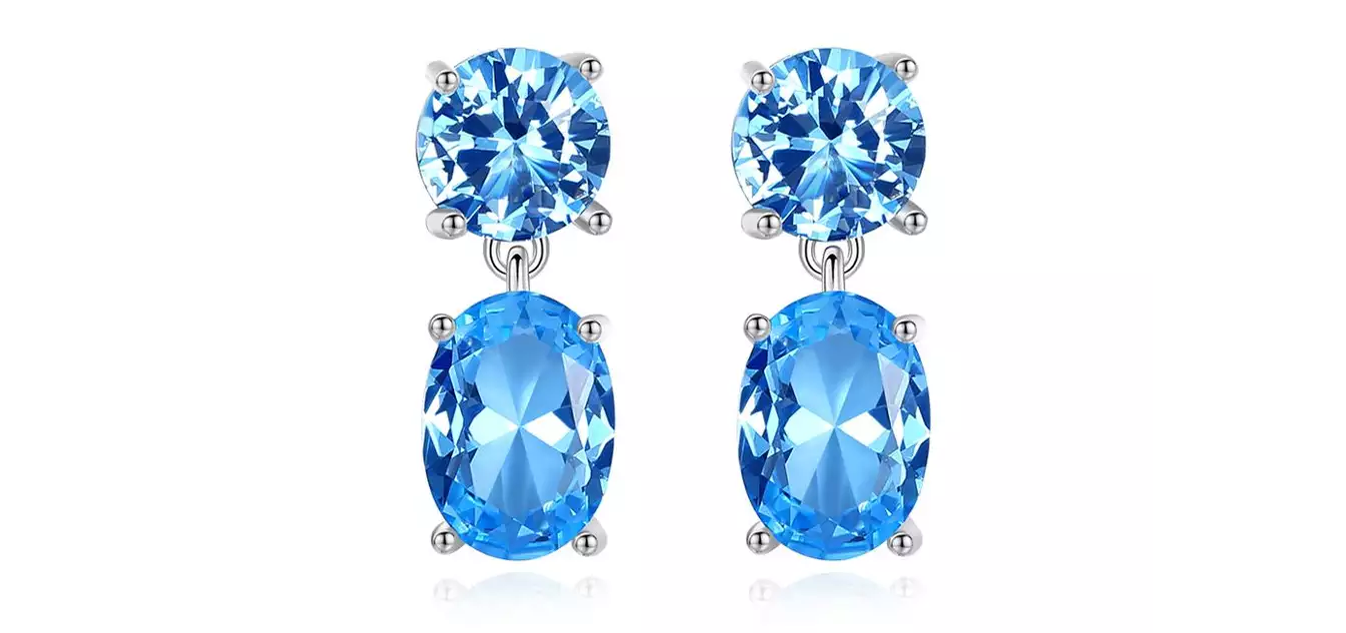
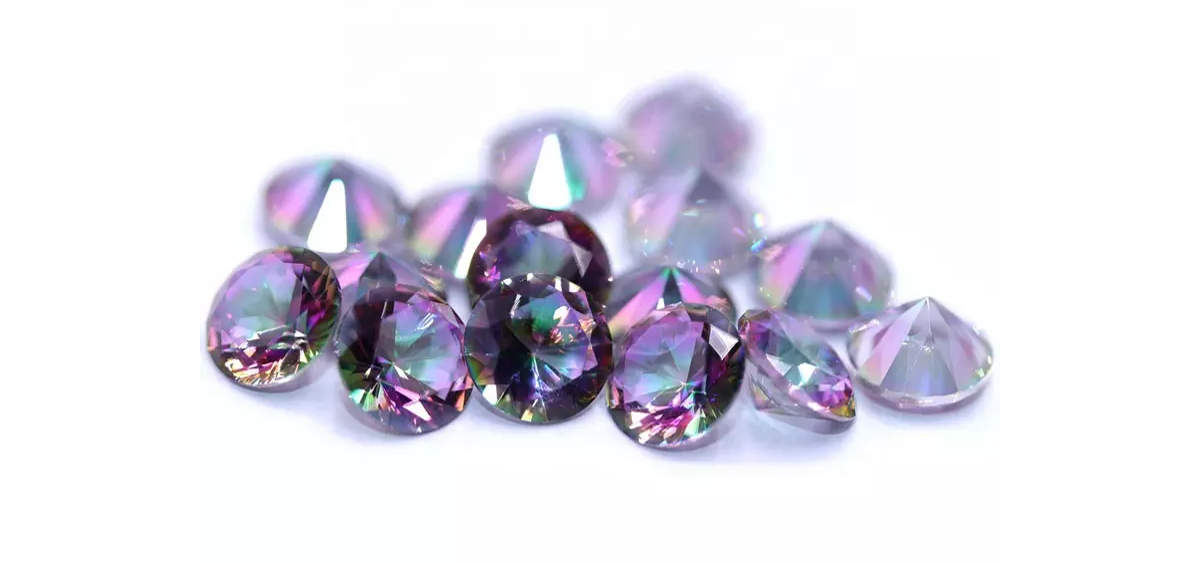
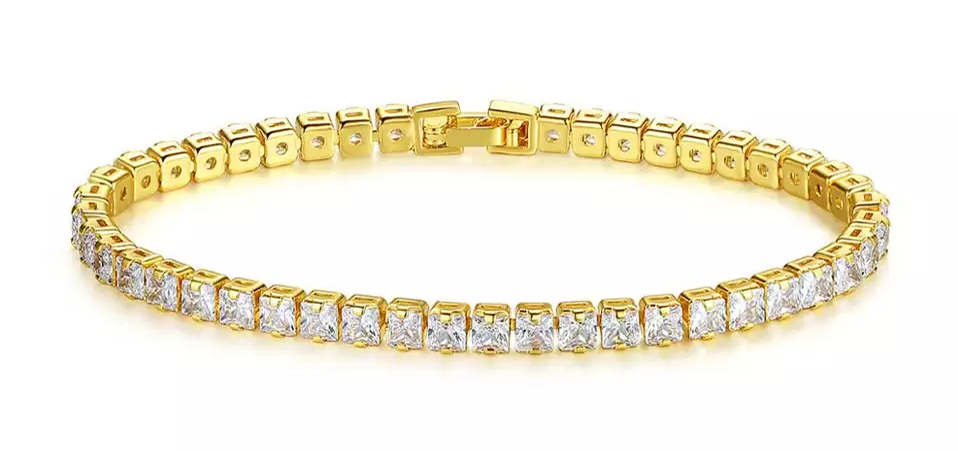
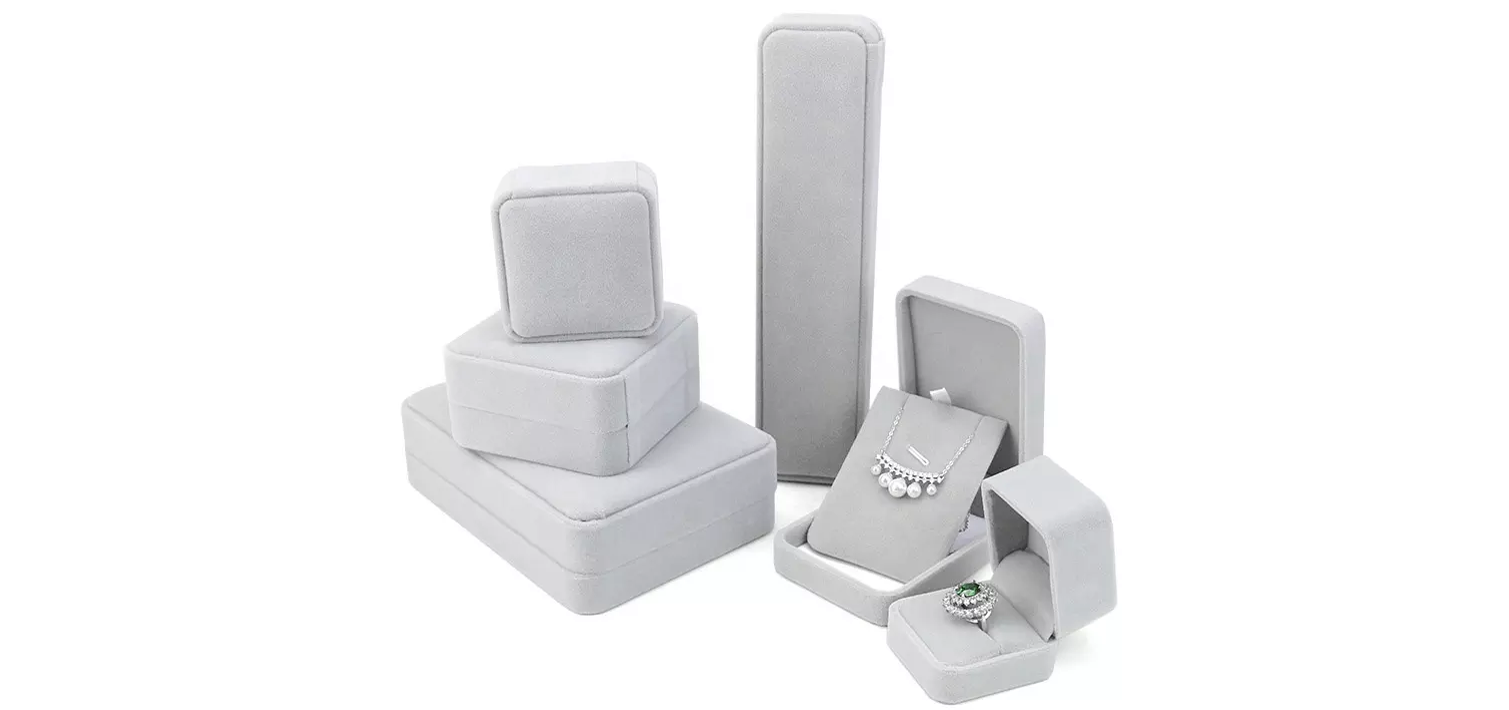
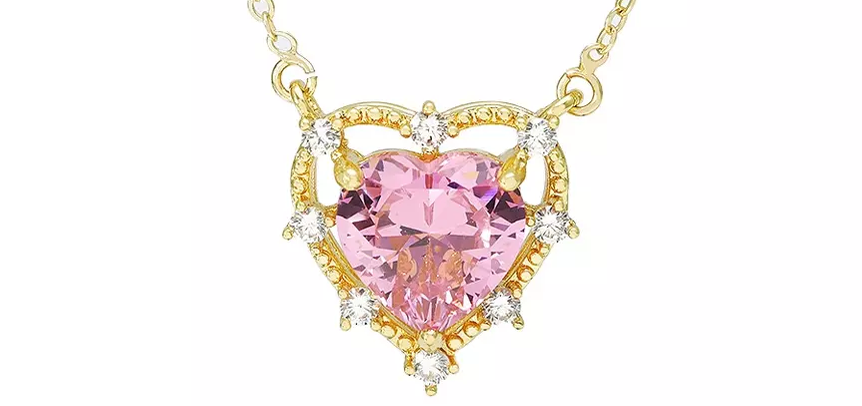
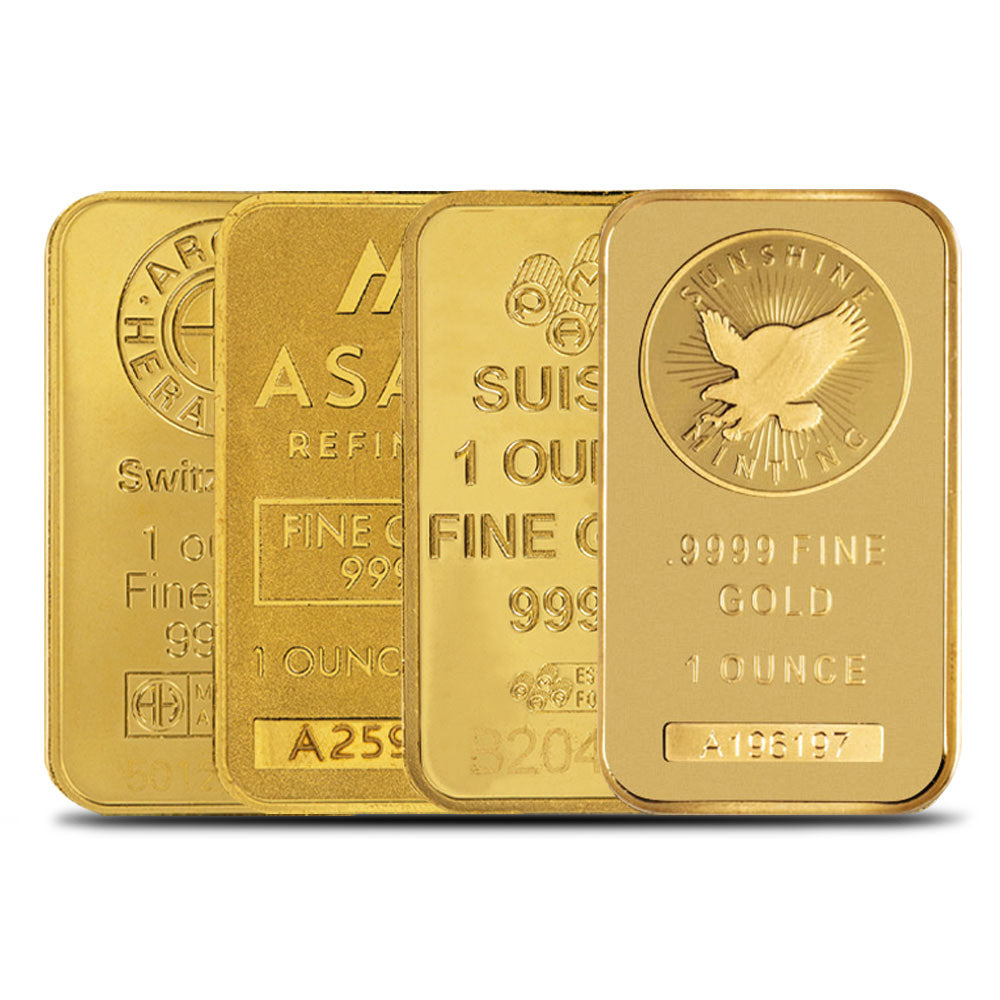
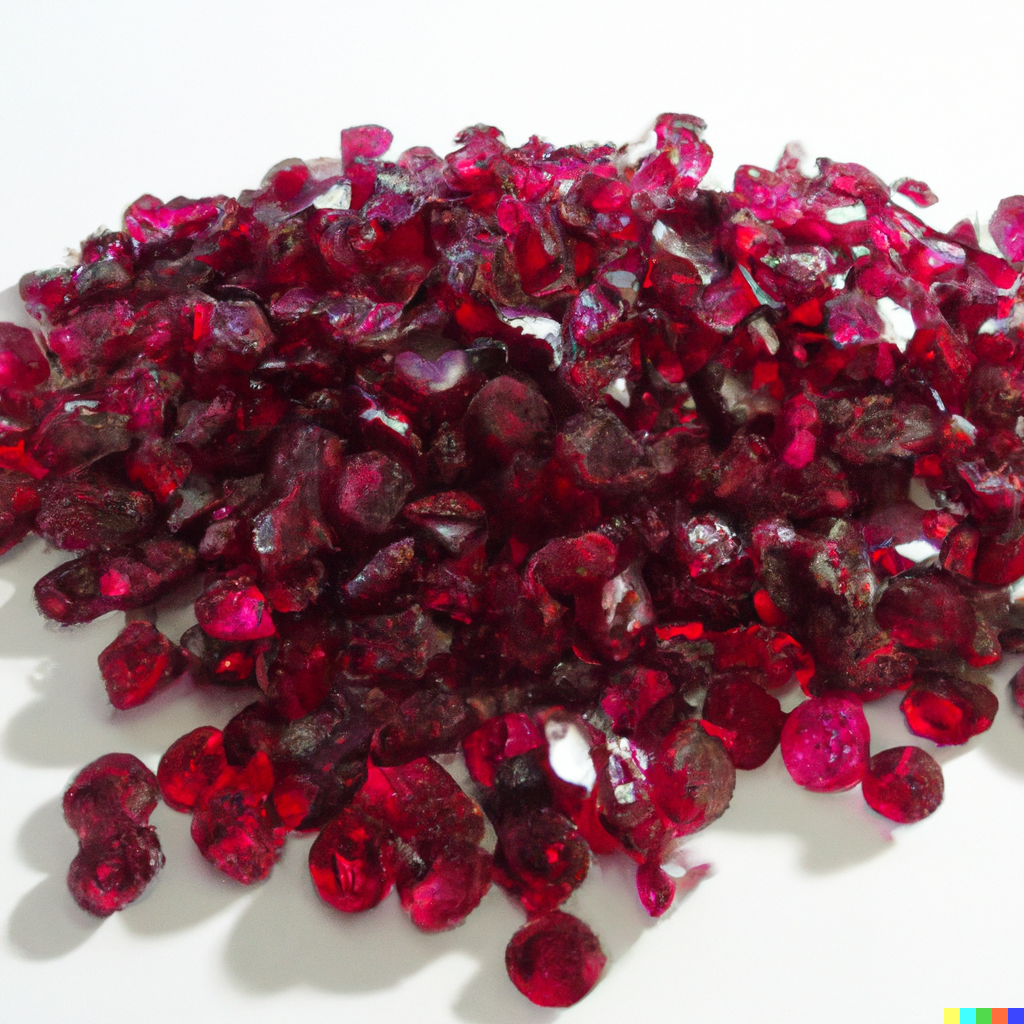
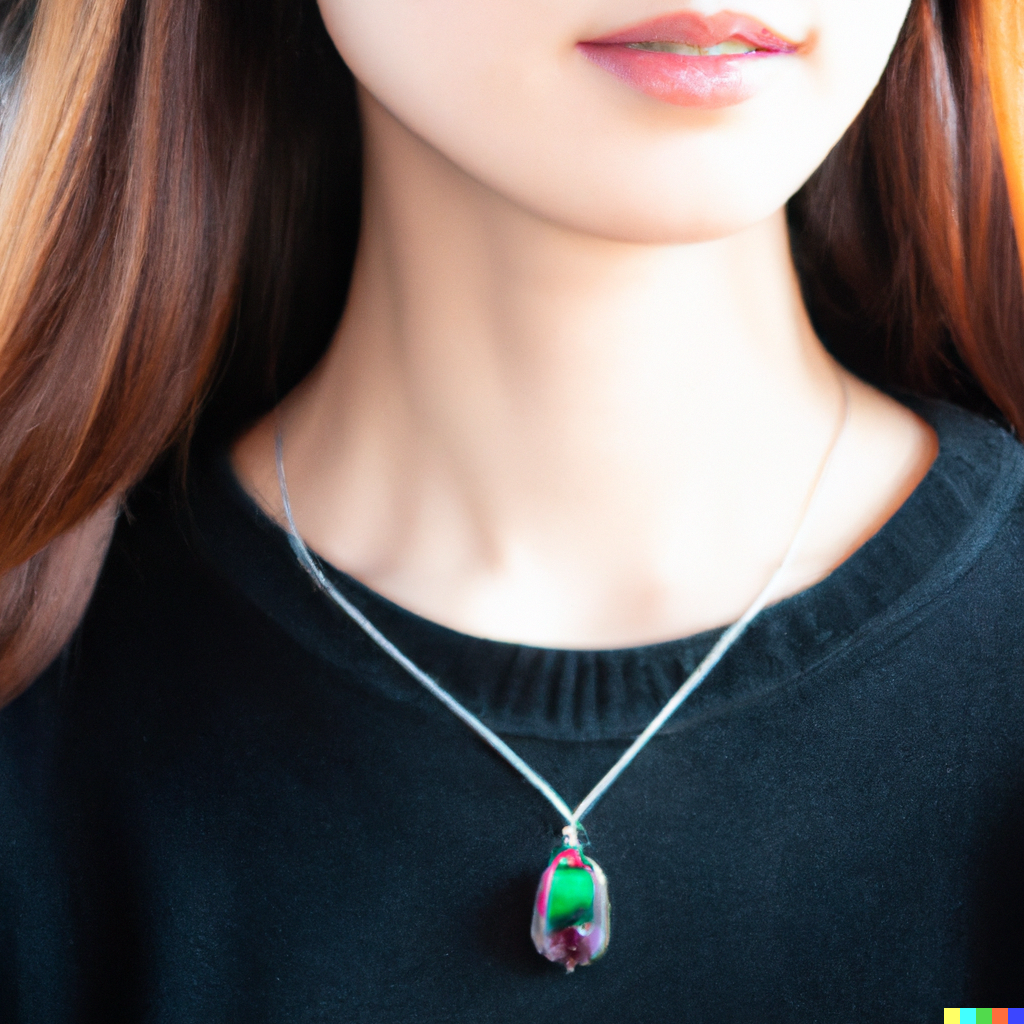
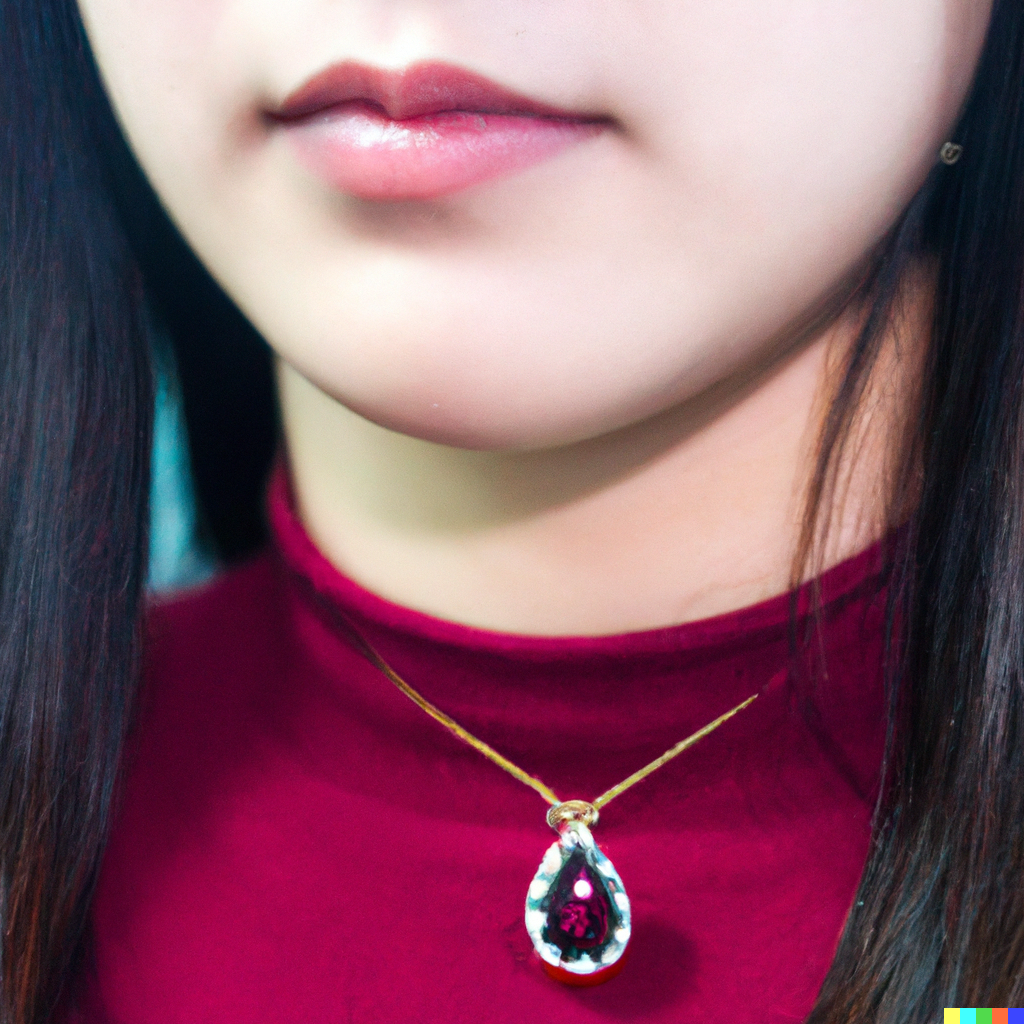
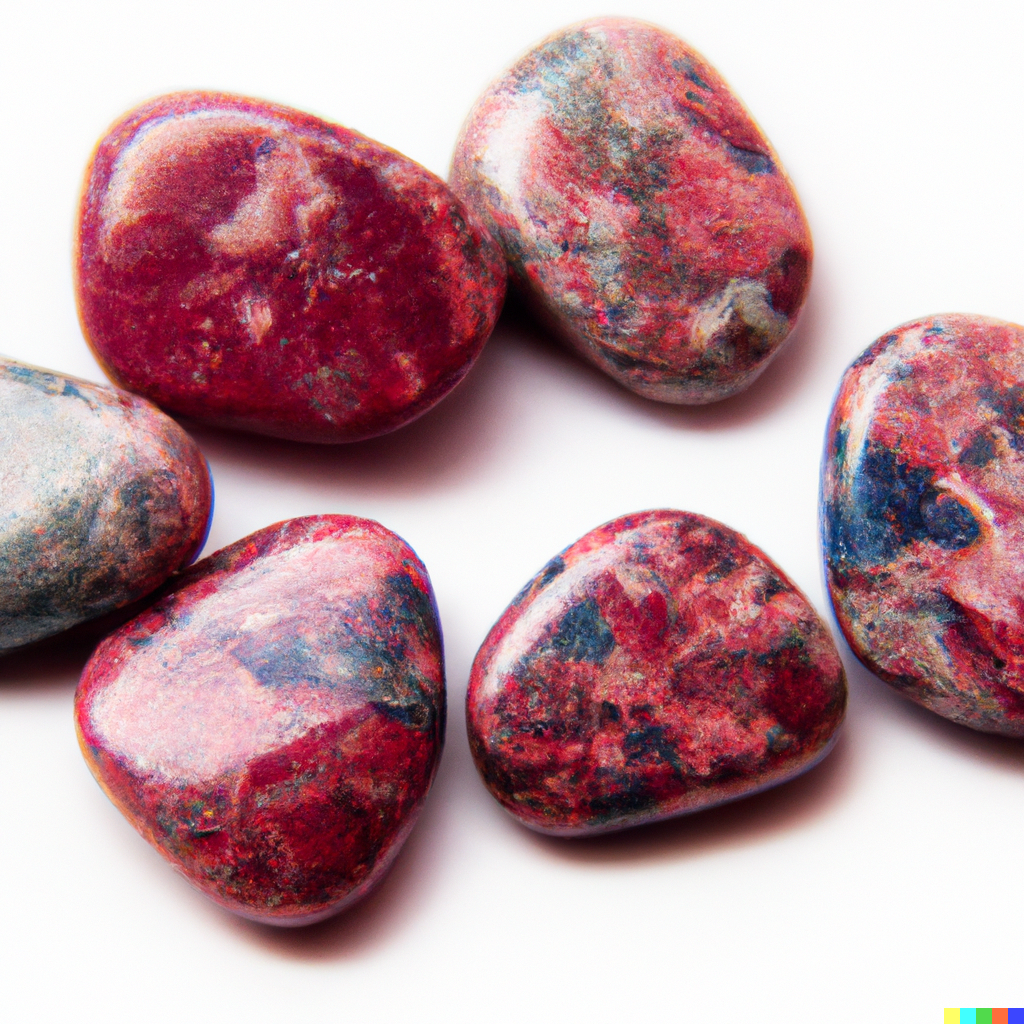
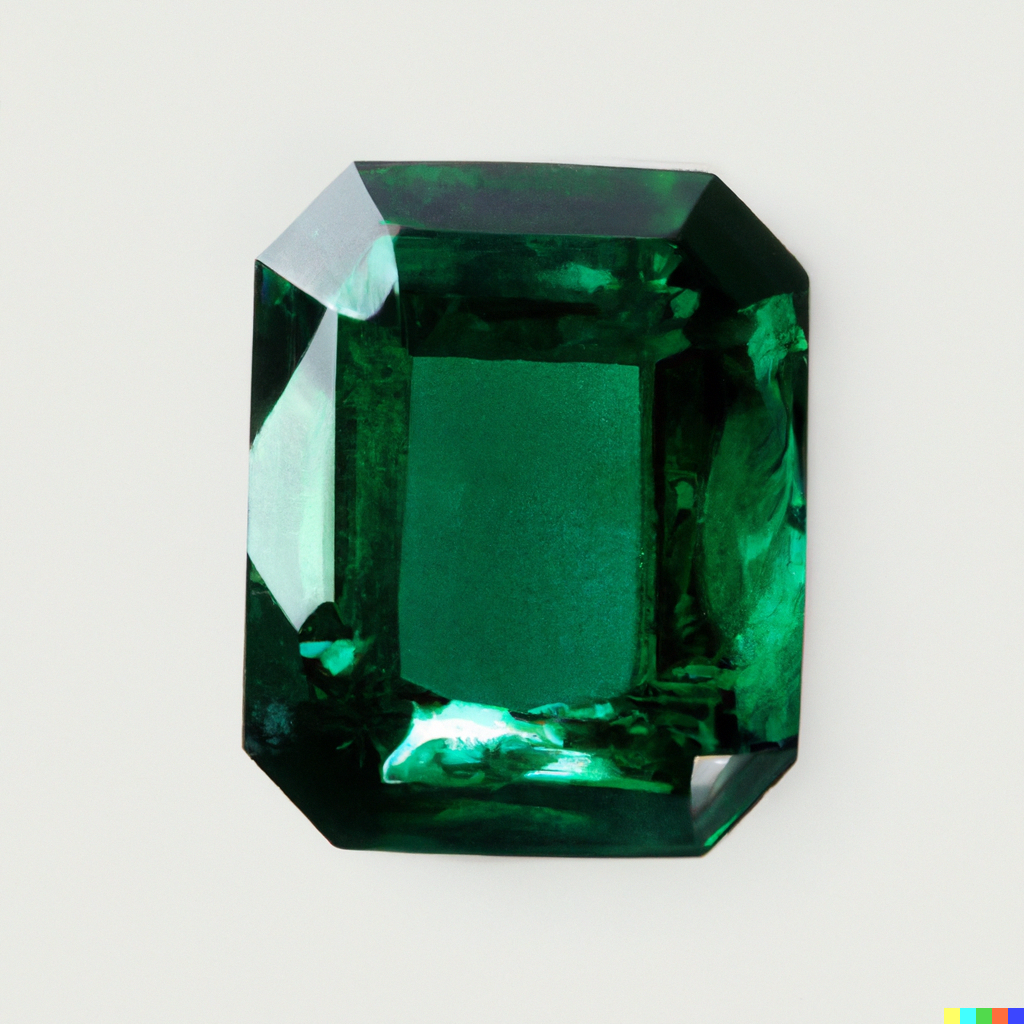
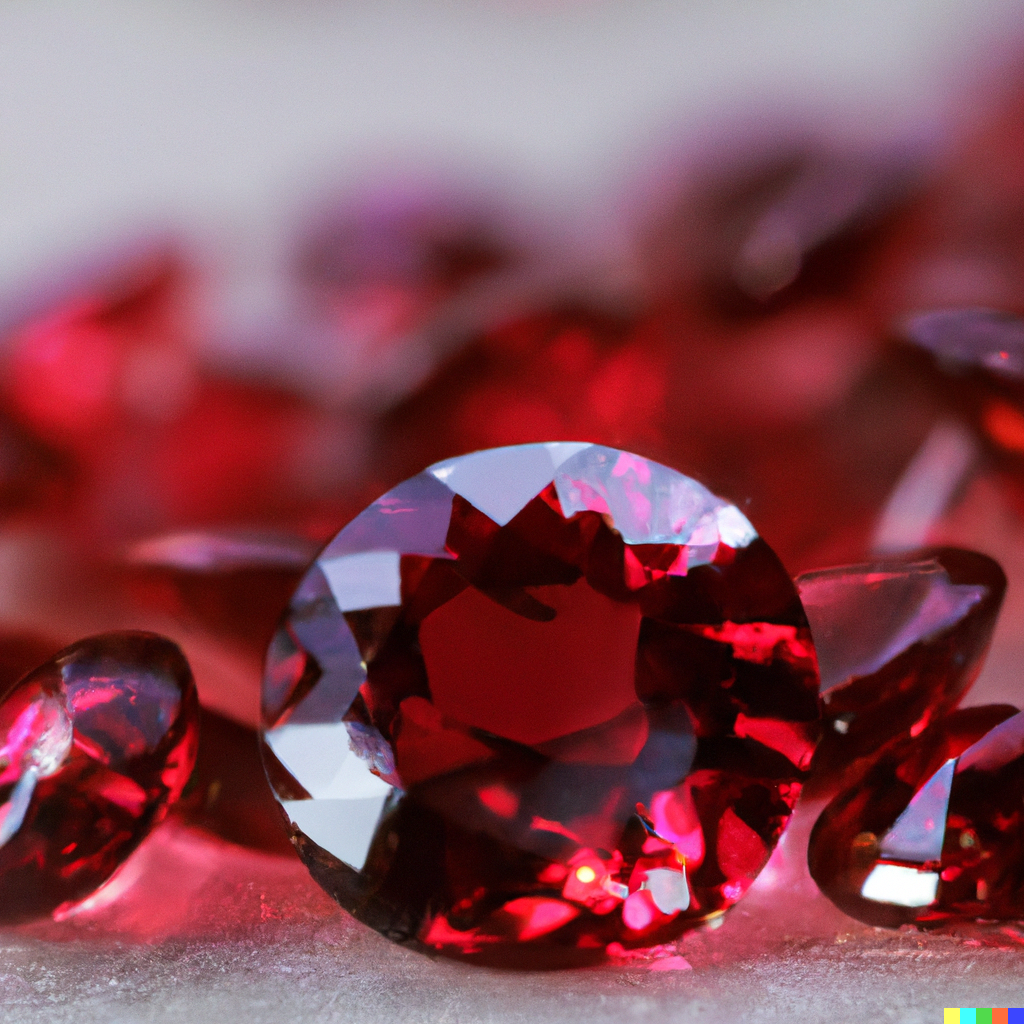
Leave a comment